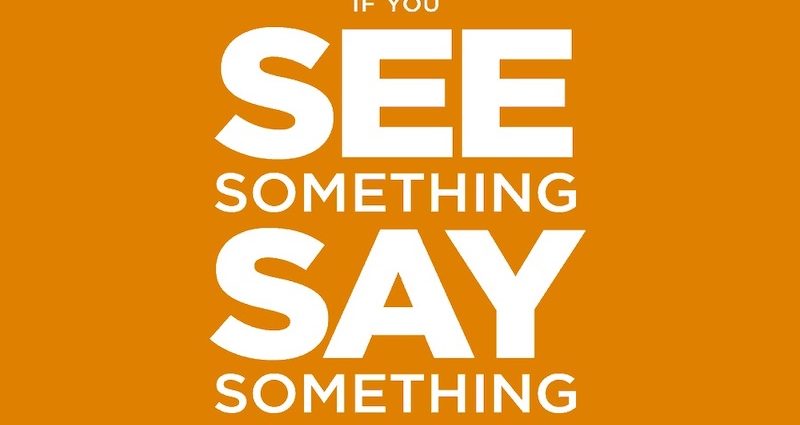The “Say Something” program has expanded at MHS by introducing an anonymous reporting system for students after the first launch of the program about two years ago, Activities Director Jerrell Maneja said. The program focuses on avoiding tragedy by paying attention to warning signs and speaking up to a trusted adult, according to the Sandy Hook Promise website.
During the week of Nov. 29, 2021, the first Say Something Week of the school year took place in order to teach students and teachers to recognize signs when students need help and encourage them to ‘Say Something’, Maneja said. Following Say Something Week, the anonymous reporting system was formally launched on Dec. 1, 2022, and announced by Maneja via email.
“The organization behind Say Something week is the Sandy Hook Promise, which was started by a group of parents who banded together after the Sandy Hook tragedy, recognizing that a lot of the incidences of school violence and suicide is largely because students are not being supported through a lot of trauma that they may be experiencing,” Maneja said in an interview. “Say Something Week’s encouraging students to be the first responders, recognize if they or their peers are experiencing any case of trauma, and encourage them to take it seriously, recognize the signs, and talk to a trusted adult.”
Maneja said the program was launched at MHS after seeing stress within students following a school shooting that happened during 2018 in Florida. In order to encourage students and staff to support one another, MHS gained an objective to create a more positive relationship on campus, Maneja said.
“The system is conducted with this organization who has crisis counselors on the other end,” Maneja said. “They will receive the tip first, get with the student, get their fellowship, and from there work with the students directly. Or, in incidents where it has impacts on federal or state laws or the student’s in danger, they will refer to either a School Official and/or law enforcement so that they could put their emphasis on keeping it anonymous.”
Within the first month of the introduction of the anonymous reporting app, according to the district, a total of five reports were made, Maneja said, which, on average, is the number of reports that a typical school can receive in a whole year. Maneja said students appear to be aware of the program and are taking the necessary steps to protect themselves and their peers.
“If you as a student or a teacher or parent saw something on campus, you should have the right to just say something and then how will we know sometimes in a world of doing everything else that something isn’t right, until it’s not right?” Assistant Principal Jonathan Mach said. “What’s right to you might not look right to me. So then, I just need somebody to explore that. And it gives the people the freedom to be able to say something so that even if we can’t do anything about it, at least we have a perspective of what we can do.”
Mach spoke on the anonymity of the program and how it provides an avenue for people to connect. Mach said, the more communicative we are with each other, the better. Some people may say that nothing is being done, but when it is all anonymous, you can’t really tell what has been done, Mach said. Giving members of MHS a safe space and comfort zone to reach out is the ultimate purpose of the program, Mach added.
“I’m not sure about the entire school, but in my classroom, specifically fifth period, it’s been effective. Like we refer back to it and say, hey, remember what we did in homeroom,” math teacher Yi Wang said in an interview. “I think it’s good training. We should continue to do it, continue to remind students what to do and what not to do. I get pretty positive feedback and lots of participation during homeroom for that.”


Thank you for your help and this post. It’s been great.